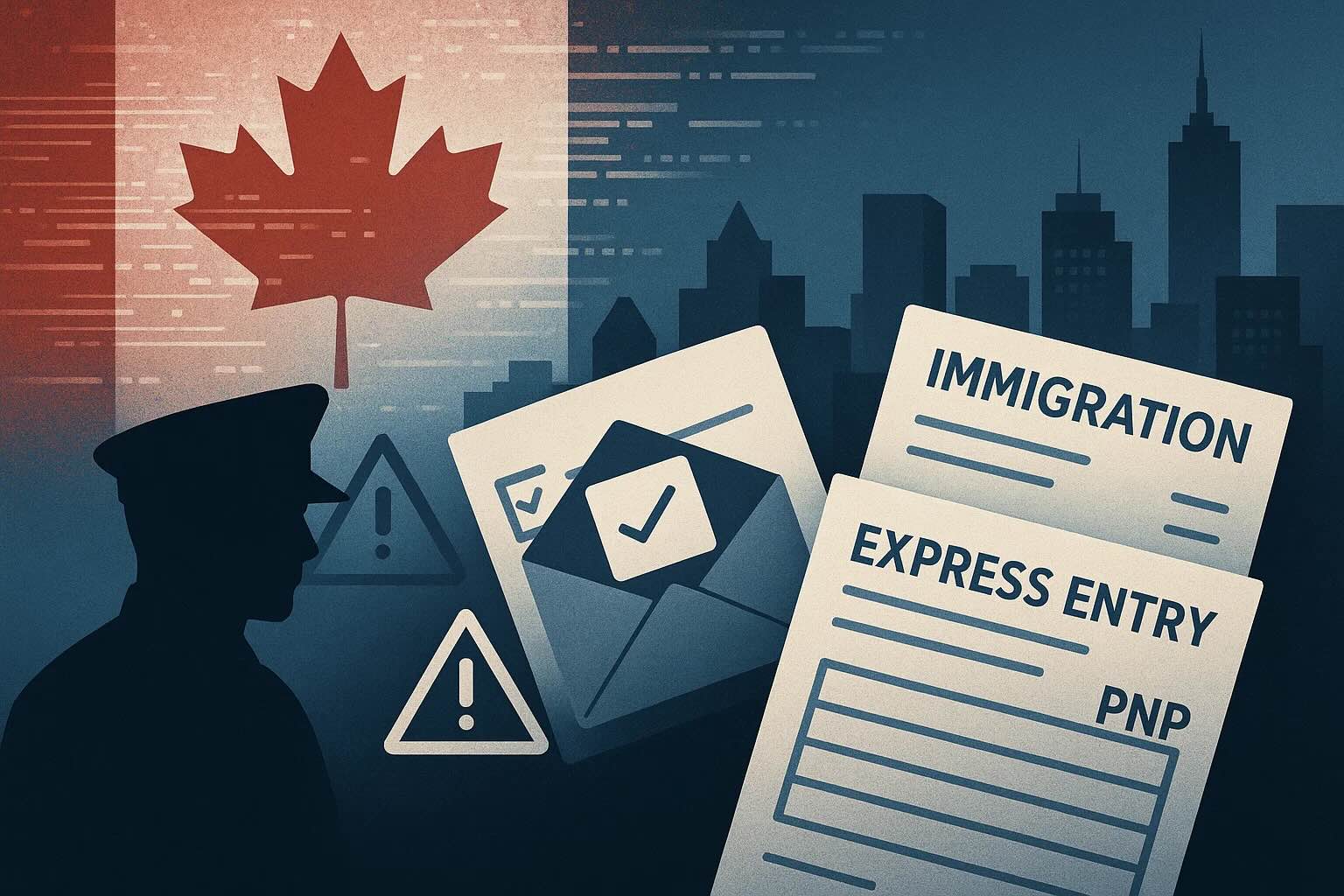Previously, under Immigration, Refugees and Citizenship Canada (IRCC) procedures, International Experience Canada (IEC) program participants already in Canada who successfully obtained eligibility for a second participation and received a Port of Entry (POE) Letter of Introduction (LOI) were typically required to leave Canada and then re-enter. Upon re-entry, they would present their LOI at the border services point to receive their new work permit. IRCC did not previously offer to mail work permits to addresses within Canada.
This latest policy is designed to change this practice, offering a more efficient and convenient alternative for a portion of eligible applicants.
Who is Eligible for In-Canada Work Permit Mailing?
According to the new regulations published by IRCC, IEC applicants who meet all of the following conditions will be eligible to request that their new work permit be mailed directly to their specified address in Canada:
- The applicant was in Canada with a valid IEC work permit when they submitted their application for another participation.
- They currently hold a valid IEC Port of Entry (POE) Letter of Introduction (LOI) (they must request their new work permit before their existing LOI expires).
- They have status in Canada at the time of requesting the IEC work permit be mailed.
In order to be eligible, an applicant must maintain legal status in Canada at all times.
This new policy is in place until December 1, 2025.
For foreign nationals who do not meet all the above eligibility standards, they must still follow the previous process: leave Canada and subsequently re-enter from any country or territory other than the United States or Saint-Pierre-et-Miquelon, in order to obtain their new IEC work permit at a border services point.
It's important to note that foreign nationals may be eligible to participate in the IEC program more than once, depending on the specific bilateral agreement signed between Canada and their country of citizenship. Some countries may require citizens to fulfill a waiting period after their first IEC work permit expires before they can re-apply.
Analysis of the Reasons Behind the Policy Adjustment
This policy adjustment is being introduced in close connection with the current Canadian immigration landscape and recent policy changes implemented by IRCC. Many IEC participants already in Canada, upon completion of their program, may seek to extend their stay in Canada by applying for a second participation if eligible, continuing their work or life here.
Previously, the requirement to leave and re-enter Canada to obtain a second IEC work permit might not have been a major issue for applicants planning to return home or travel abroad between their two program terms. However, for participants who wished to remain continuously in Canada, this requirement brought significant inconvenience and additional costs.
In the past, some foreign nationals utilized the method of briefly leaving Canadian territory and immediately re-entering via a land border (often with the United States or Saint-Pierre-et-Miquelon) to 'activate' or obtain a new work permit. This practice is commonly known as 'flagpoling.' However, effective December 24, 2024, IRCC officially prohibited 'flagpoling' for obtaining work permits for the vast majority of foreign nationals. This means that for IEC applicants who neither meet the in-Canada mailing eligibility nor can 'flagpole,' obtaining a new work permit will become significantly more complex; they must choose to leave Canada and re-enter from a country or territory further away than the US/Canada land border.
It is precisely in this context that IRCC has timely introduced the in-Canada mailing service for eligible IEC applicants. This new policy effectively compensates for the inconvenience caused by the 'flagpoling' ban for some applicants wishing to renew their work permits from within Canada. It demonstrates IRCC's attention and response to the needs of specific groups in policy implementation and represents a significant step towards humanizing processes and enhancing efficiency.
Application Advice and Processing Times
Applicants should note that, as of the time of this news publication, the official estimated processing time for IEC work permits is typically four to six weeks, or potentially longer. To avoid the risk of their original work permit expiring while waiting for the new one, which could lead to a lapse in legal status and impact their right to reside and work in Canada, IRCC strongly recommends that applicants planning to obtain their new work permit via the in-Canada mailing method allocate sufficient time and submit their relevant application and mailing request well in advance of their current IEC work permit's expiry.
About the International Experience Canada (IEC) Program
The International Experience Canada (IEC) program is a significant initiative launched by the Canadian government aimed at promoting cultural exchange and youth mobility globally. It allows young citizens from over 30 partner countries/territories with which Canada has signed relevant bilateral agreements to gain opportunities to live, work, and travel in Canada. The duration of stay and work in Canada typically lasts up to two years, depending on the participant's nationality and the chosen program category.
The IEC program aims to help young people worldwide gain valuable international work experience while deeply experiencing Canada's diverse culture and lifestyle. The program primarily covers the following three categories:
- Working Holiday;
- Young Professionals; and
- International Co-op (Internship).
All applicants obtaining work or travel opportunities in Canada through IEC must first successfully obtain a Port of Entry (POE) Letter of Introduction before travelling to Canada. This LOI is the key document they must present to border services officers upon arrival in Canada to ultimately receive their formal work permit.









